Part 1: Introduction: Guiding the Desired Behavior
Dog behavior training is a systematic approach to guiding a dog’s actions and responses in various situations. It encompasses techniques grounded in understanding canine cognition and learning patterns, aiming to foster a harmonious relationship between dogs and their owners. This training goes beyond teaching basic commands, delving into addressing underlying behavioral issues such as aggression, separation anxiety, and excessive barking.
Through positive reinforcement methods, it encourages dogs to develop habits and behaviors that are both sociable and safe. Ultimately, dog behavior training is about nurturing a well-behaved, happy, and well-adjusted canine companion, enhancing the bond and interaction between humans and their furry friends.
1. Understanding Canine Cognition and Learning Patterns
Dog cognition refers to the mental processes used by dogs to perceive, think, remember, and learn from their experiences. Their learning patterns are often complex, involving a blend of instinctual behaviors and those acquired through interaction with their environment and humans.
Dogs are known to be highly observant, capable of understanding human gestures and vocal cues to a remarkable degree. Their learning often occurs through conditioning, where behaviors are reinforced or discouraged over time, shaping their responses to various stimuli. Moreover, dogs have shown the ability to engage in social learning, where they can learn new behaviors by observing other dogs or humans.
Understanding canine cognition and learning patterns is a vital aspect of behavior training, helping to develop training strategies that are aligned with a dog’s natural instincts and cognitive abilities, thereby fostering a successful and harmonious training experience.
2. The Significance of Behavior Training in Dogs
Behavior training stands as a cornerstone in nurturing a well-mannered and sociable canine companion. It not only fosters a harmonious relationship between the pet and the owner but also ensures the dog’s safety and well-being in various environments. By instilling appropriate behaviors, owners can prevent issues such as destructive tendencies, excessive barking, and potential aggression, facilitating easier management of pets during vet visits or park outings.
3. Advantages of Using Positive Reinforcement Techniques
Employing positive reinforcement techniques is pivotal in cultivating a bond rooted in happiness and mutual respect between the owner and the dog. This method, which emphasizes rewarding desirable behaviors, creates a nurturing and stress-free training environment. Utilizing treats, verbal praise, or toys as rewards encourages the dog to replicate positive actions, fostering a strong bond and a happy pet. This approach starkly contrasts with punitive methods that can induce fear and anxiety in dogs, potentially straining the owner-pet relationship.
4. Establishing Realistic Expectations for Training
Embarking on the training journey requires the establishment of realistic expectations. Recognizing that training is a progressive journey and accommodating the individual learning pace of each dog is crucial. Patience and consistency are key virtues in this process. Setting clear, achievable goals and monitoring the dog’s advancements can significantly enhance the training experience. Ultimately, the goal is to nurture positive habits and foster a deep, understanding relationship with your pet, a feat not achievable in haste.
5. Upholding Consistency in Training
Maintaining consistency forms the backbone of successful dog training. This entails using uniform commands and a consistent reward system to prevent confusing the dog. Moreover, it is imperative that all individuals interacting with the dog adhere to the established training guidelines and rules. For instance, conflicting rules about the dog’s access to furniture from different family members can create confusion and impede the training progress. A unified approach to training is instrumental in nurturing a disciplined and well-adjusted dog.
6. Distinguishing Between Behavior Training and Obedience Training
Understanding the distinction between behavior training and obedience training is vital in adopting a holistic approach to dog training. While behavior training focuses on curbing any undesirable behavior or habits and fostering good manners, obedience training is centered around teaching dogs specific commands such as ‘sit’, ‘stay’, or ‘heel’.
Behavior training addresses issues like aggression, barking, or chewing, helping the dog to adapt to various social scenarios. On the other hand, obedience training equips the dog with skills to follow specific commands, enhancing control and safety during walks or in new environments. Integrating both training approaches ensures a well-rounded, well-behaved canine companion.
7. The Evolution of Dog Behavior Training
The field of dog behavior training has undergone a significant transformation over the years, evolving from a dominance-oriented approach to a more relationship-based methodology. This shift is grounded in a growing body of scientific research that advocates for positive reinforcement techniques, which foster a more harmonious and effective dog-human bond.
Early socialization has also emerged as a critical aspect in raising a well-behaved dog, emphasizing the nurturing of positive behaviors from a young age. As highlighted in a recent Time article “How Science is Revolutionizing the World of Dog Training”, this evolution in training approaches marks a progressive step towards understanding and nurturing the complex cognitive and emotional lives of our canine companions, fostering relationships that are built on trust and mutual respect.
Part 2: Addressing Common Dog Behavior Problems and Solutions
Navigating the path to nurturing a well-rounded canine companion often involves tackling various behavioral issues. These problems, if not addressed in a timely manner, can escalate, affecting the dog-human interaction and bonding. Understanding and addressing these behavior issues beforehand is pivotal, fostering a harmonious living environment. Recent studies have shed light on various aspects of dog behavior training.
1. Aggression
Aggression in dogs can manifest in various forms, including territorial, protective, and possessive aggression. Understanding the underlying causes can help in devising effective strategies to manage this behavior. Aggression can stem from fear or anxiety, lack of socialization, or health issues. Employing positive reinforcement, socialization training, and consulting with a behaviorist are effective strategies to curb aggression. Real-life scenarios where aggression was successfully managed through behavior training can serve as encouraging examples.
2. Excessive Barking
Dogs communicate through barking, but excessive barking can be a sign of underlying issues. It’s essential to understand the triggers and manage this behavior effectively, fostering a peaceful living environment. Dogs may bark excessively for various reasons including seeking attention, alarm barking, or due to boredom or loneliness.
Training techniques such as teaching the “quiet” command, providing mental stimulation, and ensuring regular exercise can be effective. Owners can prevent excessive barking by ignoring attention-seeking barking, creating a quiet space, and maintaining consistent training. Various studies have explored the science behind dog communication and the effectiveness of positive training methods.
3. Separation Anxiety
Separation anxiety is a prevalent issue in dogs, often manifesting due to various underlying causes. Utilizing principles of canine learning theory and dog cognition, we can devise effective strategies to manage this issue, fostering a calm and happy canine. Symptoms of separation anxiety include destructive or aggressive behavior, excessive barking or howling, and pacing. This can be caused by changes in schedule, moving to a new place, or lack of training. Strategies to alleviate separation anxiety include gradual desensitization, providing comfort items, and seeking professional help.
4. Destructive Chewing
Destructive chewing is a common issue, especially in puppies. It’s essential to understand the reasons behind this behavior and offer safe alternatives to prevent damage. Dogs may engage in destructive chewing due to teething, boredom, or anxiety. Preventing this behavior involves providing appropriate chew toys, training the “leave it” command, and puppy-proofing your home. Safe alternatives and toys such as Kong toys, dental chew toys, and puzzle toys can be introduced to mitigate this issue.
5. Digging
Digging is a natural behavior in dogs, but it can become a problem if not managed properly. Understanding why dogs dig can help in devising strategies to prevent unwanted digging. Dogs may dig out of boredom, due to their hunting instinct, or to find a cool spot. Preventing digging involves providing adequate exercise, creating designated digging areas, and training the “leave it” command.
6. Jumping Up
Jumping up on people is a common behavior problem in dogs. Understanding why dogs jump up and how to prevent this behavior can foster a well-mannered canine companion. Dogs may jump up seeking attention, out of excitement, or due to lack of training. Preventing this behavior involves ignoring the behavior, teaching the “sit” command, and rewarding calm behavior. When a dog jumps up, reacting by turning away, using firm voice commands, and seeking professional help can be effective strategies.
Other thoughts on behavior modification
Addressing common dog behavior problems is a vital step in fostering a well-behaved and happy canine companion. Patience and consistency are key in training, and seeking professional help can offer invaluable insights and guidance.
Part 3: Basic Training Techniques and Tips
Basic Training Techniques
Training your canine companion is a rewarding journey that fosters a strong bond and mutual respect between you and your furry friend. Starting with basic training techniques is essential in laying a solid foundation for your dog’s behavioral development.
These techniques are designed to instill good habits, obedience, and social skills in your dog, making daily interactions pleasant and harmonious. From rewarding positive behaviors to teaching fundamental commands and leash manners, these methods are relatively simple yet incredibly effective. They not only enhance your dog’s discipline but also significantly contribute to their safety and well-being.
As you embark on this training journey, remember that patience, consistency, and positive reinforcement are your best allies. Let’s delve into these basic training techniques that are geared towards nurturing a well-behaved and happy canine companion.
- Clicker Training: Using a clicker to mark the exact moment the dog performs the desired behavior, followed by a reward, helping the dog associate the sound with positive actions.
- Crate Training: Training the dog to see a crate as its safe space, which can help in house training and reducing separation anxiety.
- Obedience Training: Teaching basic commands such as sit, stay, come, and heel, which can help in controlling the dog and fostering good behavior.
- Leash Training: Teaching the dog to walk calmly on a leash without pulling, which makes walks more enjoyable and safer.
- Socialization: Exposing the dog to different environments, people, and other animals to help it become well-adjusted and less reactive to new experiences.
- Impulse Control Training: Teaching the dog to control its impulses, such as waiting for permission to eat or not jumping on guests.
- Agility Training: Engaging the dog in agility courses to enhance its physical and mental stimulation, fostering better behavior through exercise and training.
- Puzzle Games and Mental Stimulation: Providing puzzle toys and games to keep the dog mentally stimulated, which can help prevent destructive behaviors.
Training Tips
Using Positive Reinforcement Techniques
In the realm of dog behavior neuroscience, understanding and implementing positive reinforcement techniques hold paramount importance. These techniques are grounded in the cognitive approach to dog training, fostering a bond built on trust and understanding.
Understanding Positive Reinforcement
Positive reinforcement is a method that focuses on rewarding good behavior, encouraging the dog to replicate those actions. This approach is deeply rooted in canine learning theory, which emphasizes building trust and understanding between the dog and the owner.
Implementing Reward-Based Training
Identifying rewardable behaviors is a crucial step in this process. Utilizing treats, verbal praise, or toys as rewards not only encourages the dog to exhibit positive actions but also fosters a strong bond. This method is a cornerstone in canine communication signals and behavioral patterns in dogs.
Avoiding Negative Reinforcement
Steering clear of negative reinforcement is vital. This approach can induce fear and anxiety in dogs, creating a strained relationship. It’s essential to create a fear-free environment, focusing on positive reinforcement and avoiding punitive methods.
Finding the Right Reward
Finding the right reward is an essential aspect of dog behavior modification treatment. It involves analyzing your dog’s preferences and experimenting with different rewards to identify the most effective incentives.
Analyzing Your Dog’s Preferences
Understanding your dog’s preferences, whether it’s a particular food or a favorite toy, is crucial. This analysis forms the basis of effective reward-based training, aligning with the principles of canine behavior analysis.
Experimenting with Different Rewards
Experimenting with various rewards helps in identifying the most effective incentives. This process involves trial and error, closely observing the dog’s reactions to different rewards.
Balancing Rewards and Diet
Maintaining a balance between rewards and the dog’s diet is essential to avoid overfeeding. Opting for healthy reward options ensures that your dog remains healthy while enjoying the training sessions. This balance is a vital aspect of dog cognition and learning.
Tips for Effective Rewarding
Effective rewarding involves timely and frequent rewards to encourage positive behavior. Understanding the nuances of rewarding can significantly enhance the training experience, fostering a well-behaved and disciplined dog.
Maintaining Consistency
Maintaining consistency is a pivotal aspect in the realm of dog behavior training. It ensures that the dog does not get confused, facilitating smoother and more effective training sessions.
Developing a Consistent Command List
Creating a list of consistent verbal commands is the first step in establishing a structured training regimen. Choosing command words and using them uniformly prevents confusion and aligns with the principles of neural mechanisms in dog behavior.
Involving All Family Members
Involving all family members in the training process ensures uniformity in the commands and rules established. This uniform approach prevents confusion and promotes a harmonious interaction between the dog and all family members, fostering dog-human interaction and bonding.
Creating a Consistent Training Schedule
Developing a consistent training schedule, with daily routines and weekly goals, facilitates a structured approach to training. This schedule helps in monitoring the dog’s progress and making necessary adjustments, promoting a comprehensive approach to canine learning theory.
Handling Inconsistencies
Addressing inconsistencies promptly is vital to prevent setbacks in training. Being adaptable and willing to adjust training methods as needed ensures a smooth training process, fostering a well-adjusted and disciplined dog.
Training Little and Often
Adopting a strategy of training little and often is beneficial in keeping the dog engaged without overwhelming them. This approach aligns with the cognitive approach to dog training, fostering gradual and steady progress.
Designing Short Training Sessions
Creating short, focused training sessions helps in maintaining the dog’s interest and preventing fatigue. These sessions should focus on specific behaviors or commands, gradually building up the dog’s skills and understanding in line with dog training psychology.
Choosing Suitable Environments
Selecting appropriate environments for training, such as quiet places initially and then introducing controlled distractions, helps in adapting the dog to different scenarios. This strategy is a vital component in canine behavioral genetics, fostering a well-rounded training regimen.
Adapting to Different Distraction Levels
Training the dog to adapt to varying levels of distractions is crucial in real-world scenarios for most dog owners. Starting in quiet places and gradually introducing controlled distractions helps in building the dog’s focus and adaptability, fostering a well-behaved canine companion.
Documenting Training Progress
Keeping a journal to document the training progress is beneficial in tracking the dog’s development. Noting observations and adjustments helps in tailoring the training program to suit the dog’s individual needs, promoting a personalized approach to dog behavior modification.
Building Up in Stages
Building up the training in stages facilitates a gradual progression, allowing the dog to adapt and learn at a comfortable pace. This approach is grounded in canine learning theory, fostering a structured and effective training regimen.
Breaking Down Complex Behaviors
Identifying and breaking down complex behaviors into smaller, manageable components facilitates a step-by-step training approach. This method aligns with the principles of neural mechanisms in dog behavior, fostering a gradual and comprehensive training process.
Progressive Training Techniques
Adopting progressive training techniques involves setting achievable goals and progressing gradually. This approach ensures that the dog is not overwhelmed, fostering a positive and encouraging training environment.
Celebrating Milestones
Recognizing and celebrating milestones in the dog’s training journey fosters motivation and a positive attitude. Celebrating little wins and rewarding progress encourages the dog to continue learning, fostering a joyful and rewarding training experience.
Adjusting Training Plans
Being flexible and willing to adjust training plans as needed ensures a smooth training process. Making necessary adjustments based on the dog’s progress and seeking expert advice when needed fosters a well-rounded and effective training regimen.
Making Training Fun
Incorporating fun elements into the training process is essential in building a joyful bond with your dog. This approach fosters a positive attitude and encourages the dog to engage actively in training sessions.
Incorporating Playtime
Integrating playtime into training sessions serves as a reward and encourages active participation. Engaging in interactive games and incorporating play as a reward fosters a joyful and positive training environment, promoting dog-human interaction and bonding.
Teaching Fun Tricks
Teaching fun tricks not only keeps the training sessions interesting but also encourages creativity. Starting with simple tricks and gradually introducing more complex ones fosters a dynamic and engaging training experience.
Maintaining a Positive Attitude
Maintaining a positive attitude during training sessions is crucial. Keeping the sessions light-hearted and focusing on building a joyful bond with the dog fosters a nurturing and encouraging training environment.
Community Engagement
Engaging with a community of dog owners allows for the exchange of experiences and tips. Participating in dog groups and sharing experiences with other dog owners fosters a supportive community, enhancing the overall training experience.
Part 4: Advanced Training and Socialization
1. Understanding Advanced Training
As we venture further into the realm of dog training, it becomes pertinent to delve into advanced training techniques that can significantly enhance your dog’s skills and behaviors.
Differentiating Basic and Advanced Training
Understanding the nuances between basic and advanced training is pivotal in setting new milestones for your dog. This phase focuses on nurturing complex skills and behaviors that transcend the foundational commands, fostering a deeper understanding of canine cognition and learning.
Techniques in Advanced Training
Advanced training encompasses a variety of techniques including agility training, scent detection, and advanced obedience. These techniques are grounded in deeper levels of canine cognition and learning, offering a comprehensive approach to nurturing well-rounded canine companions.
Benefits of Advanced Training
Embarking on advanced training offers myriad benefits such as heightened mental stimulation and improved behavior. Moreover, it fosters a deeper bond between the owner and the dog, a relationship grounded in theories of dog-human interaction and bonding.
2. Socialization Skills
Socialization stands as a cornerstone in dog training, facilitating positive interactions between your dog and other animals, as well as humans.
Importance of Socialization
The importance of socialization cannot be overstated in fostering a well-adjusted and happy dog. It aids in averting behavioral issues like aggression and fear, aligning pet behavior problems with the principles of canine behavioral genetics.
Socialization Techniques
Various techniques can be employed to socialize your dog effectively, including puppy classes and socialization groups. These methods foster positive interactions and are grounded in canine communication signals.
Overcoming Socialization Challenges
Addressing and overcoming socialization challenges such as fear and aggression can be achieved through positive reinforcement techniques and expert guidance. These strategies are deeply rooted in dog behavior neuroscience, fostering a nurturing and positive environment for your dog.
3. Community Engagement and Networking
Engaging with a community of dog enthusiasts can be a rewarding journey, offering a platform for support and knowledge exchange. Connect with your community at Furlyfe.com
Joining Dog Communities
Joining dog communities offers a plethora of benefits including sharing experiences and fostering a support network. These communities are a rich source of knowledge, promoting a deeper understanding of canine social cognition.
Participating in Dog Events
Participation in dog events such as competitions and workshops offers a vibrant platform for learning and networking. These events foster a community of like-minded individuals, promoting a comprehensive approach to dog cognition and learning.
Part 5: Seeking Professional Help
1. When to Consult a Dog Trainer
At times, despite our best efforts, we may encounter hurdles in training our dogs that necessitate professional intervention. Recognizing the right time to consult a professional can be a pivotal step in your dog’s behavior training journey.
Identifying Training Challenges
Understanding the specific challenges in training, such as aggression or separation anxiety, can be vital. These issues might indicate the necessity to consult a trainer who specializes in dog behavior neuroscience and can provide insights grounded in canine learning theory.
Benefits of Professional Training
Professional trainers bring a wealth of expertise and experience, offering tailored programs that cater to your dog’s unique behavioral patterns. They can provide strategies grounded in the latest developments in dog cognition and learning, ensuring a positive and nurturing training environment.
Finding the Right Trainer
Identifying a trainer who aligns with your philosophy and understands your dog’s needs is essential. Engaging in research and consultations can help pinpoint the right expert, fostering a positive and productive training experience grounded in canine communication signals.
2. Choosing the Right Trainer
Selecting an adept trainer is a critical step in fostering a well-behaved and well-adjusted canine companion. This process ensures that your pet receives humane and effective guidance.
Researching Trainers
Conducting comprehensive research on potential trainers is vital. Seeking trainers with positive reviews, relevant certifications, and a philosophy that aligns with positive reinforcement methods is key.
Positive Reinforcement Techniques
Ensuring the chosen trainer employs positive reinforcement techniques is crucial. These methods create a fear-free and encouraging environment, fostering a nurturing and positive training experience grounded in the cognitive approach to dog training.
Trainer’s Experience and Expertise
Considering the trainer’s experience and expertise can be a determining factor in your choice. A seasoned trainer can offer valuable insights and strategies, helping to foster a well-behaved and well-adjusted dog, promoting a deeper understanding of dog-human interaction and bonding.
3. Joining a Training Class
Joining a training class can offer a structured and comprehensive approach to training, providing an opportunity for your dog to learn in a group setting, which fosters socialization and learning through observation.
Benefits of Training Classes
Training classes provide a structured environment where your dog can learn alongside other dogs. These classes encompass and teach a range of topics, including obedience and behavior training, fostering a comprehensive approach to canine learning theory.
Finding the Right Class
Finding a suitable class that meets your dog’s needs and personality is essential. Research various options, considering factors like class size and the experience of the instructor, to find the best fit for your dog, promoting a well-rounded approach to dog behavior modification.
Final Thoughts on Behavior Training For Dogs
In this extensive guide on behavior training dogs, readers are navigated through a structured pathway to fostering a well-behaved and happy canine companion. The article unfolds in five detailed parts, each addressing critical aspects of dog training.
In the initial segment, readers are introduced to the foundational principles of dog training, emphasizing the importance of positive reinforcement techniques and consistent training schedules. The second part delves deeper, offering tips on selecting the right rewards and maintaining consistency in training methods, fostering a nurturing environment for the dogs.
As the article progresses to part three, it shifts focus towards seeking professional help, guiding readers on when and how to choose expert trainers and the benefits of enrolling in training classes. Part four elevates the discussion to advanced training and socialization, highlighting the significance of community engagement and further learning resources.
The final segment serves as a troubleshooting guide, addressing common behavioral issues and emphasizing the importance of safety during training sessions. It also underscores the value of seeking veterinary advice and exploring further resources for assistance, ensuring a well-rounded approach to dog training.
Throughout the article, readers are encouraged to engage with various resources and communities, fostering a collaborative and informed approach to nurturing a well-behaved and joyful canine companion.


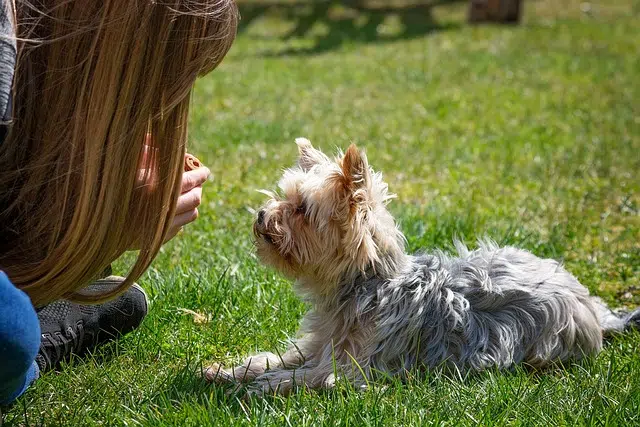
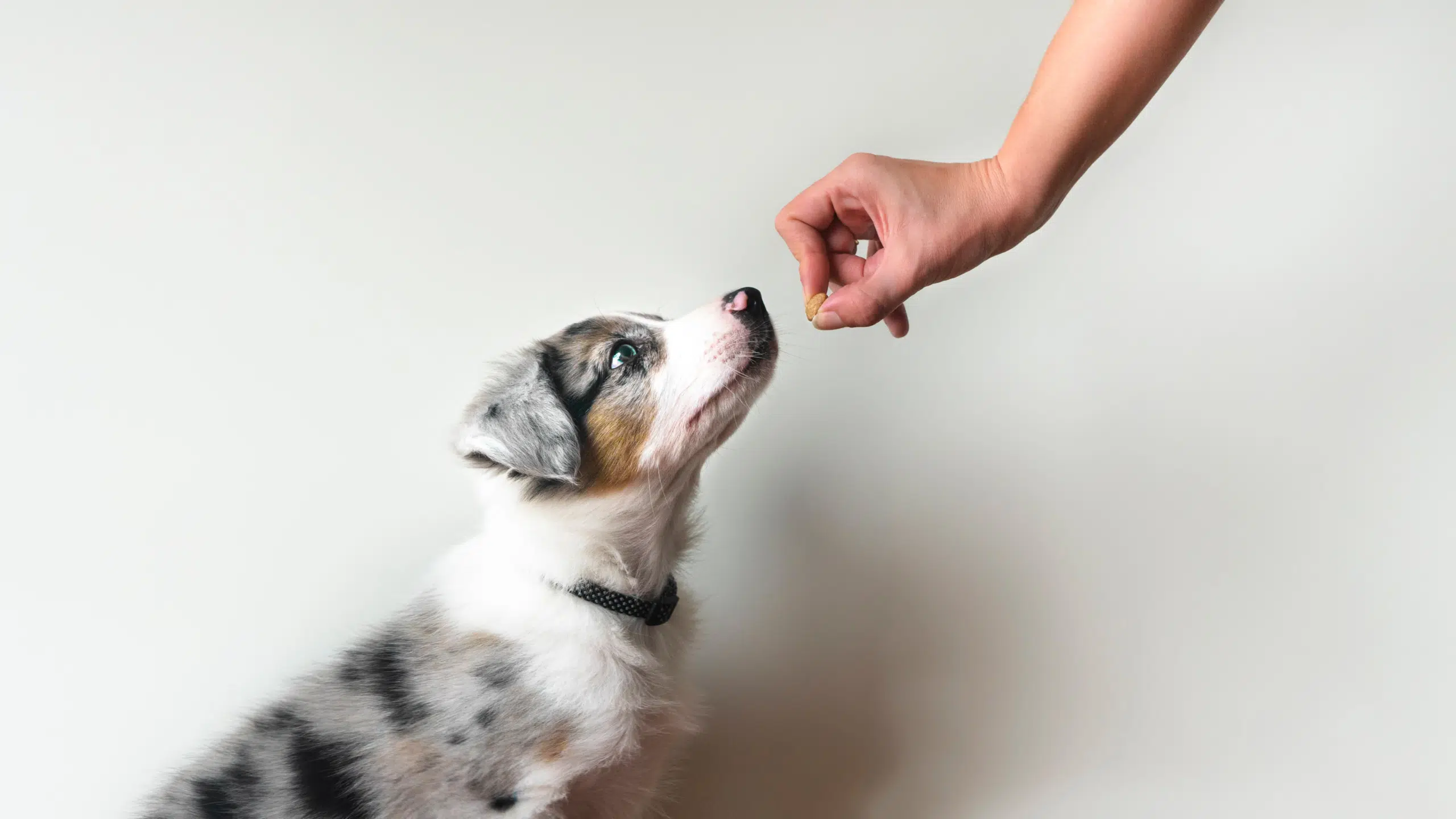
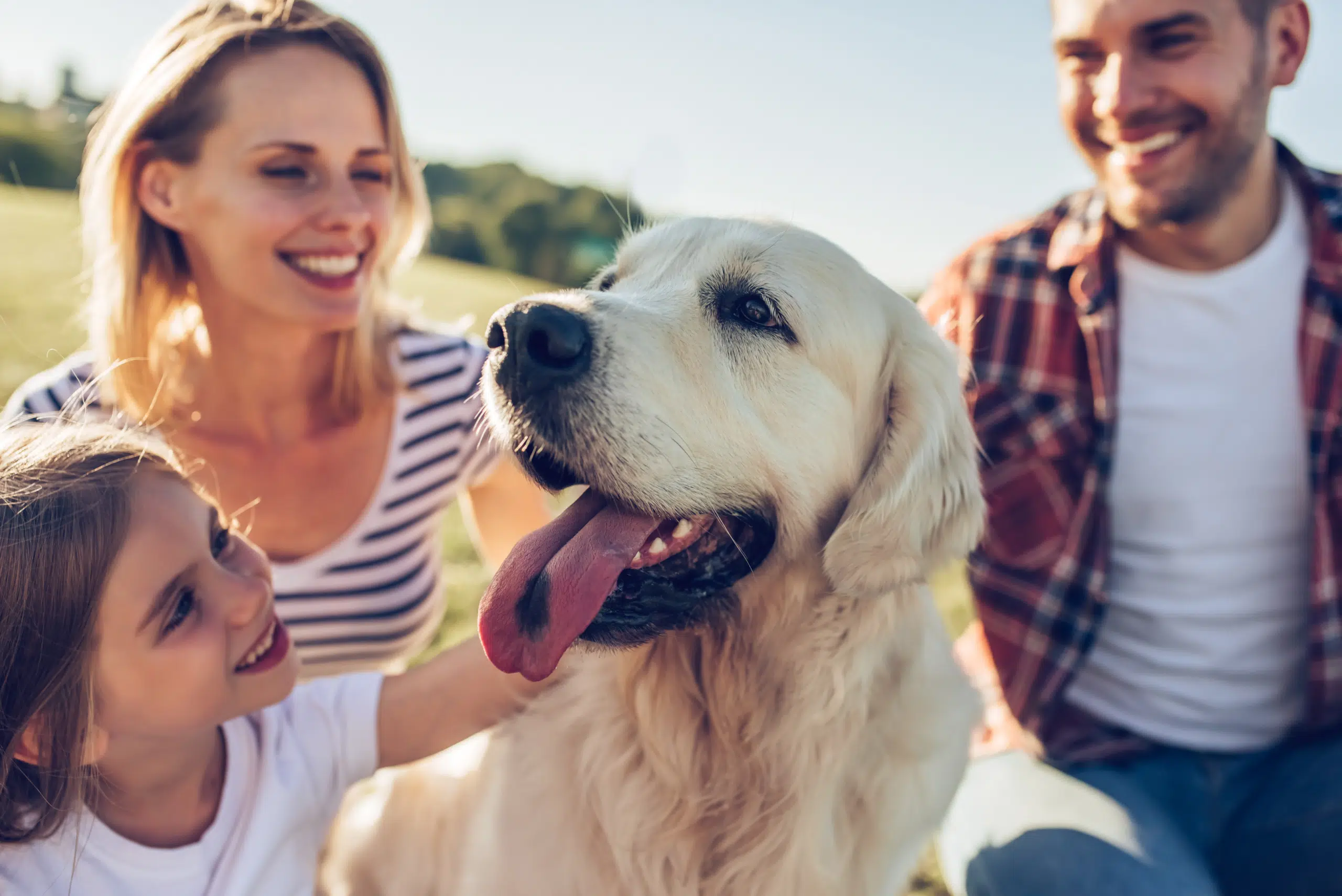

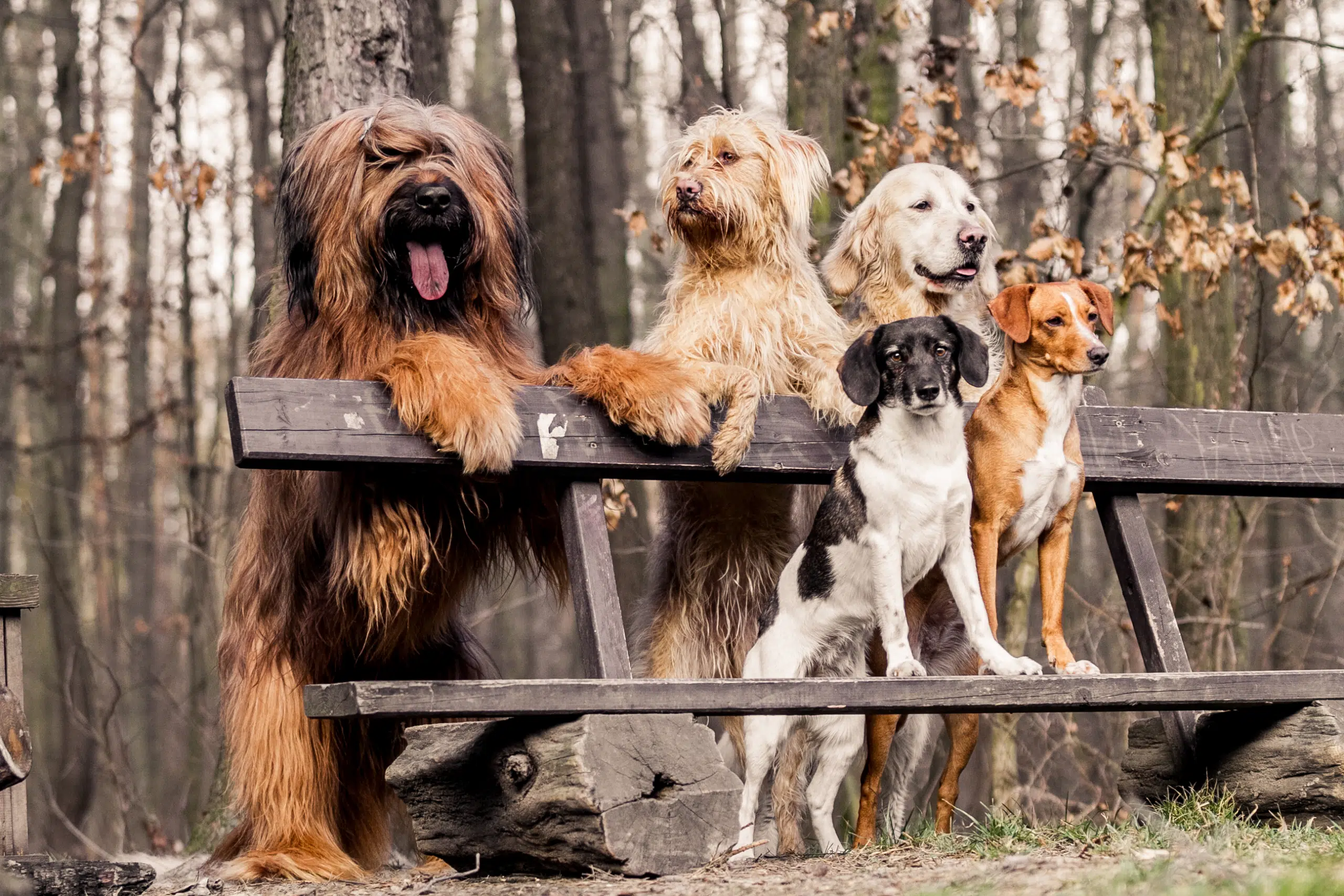



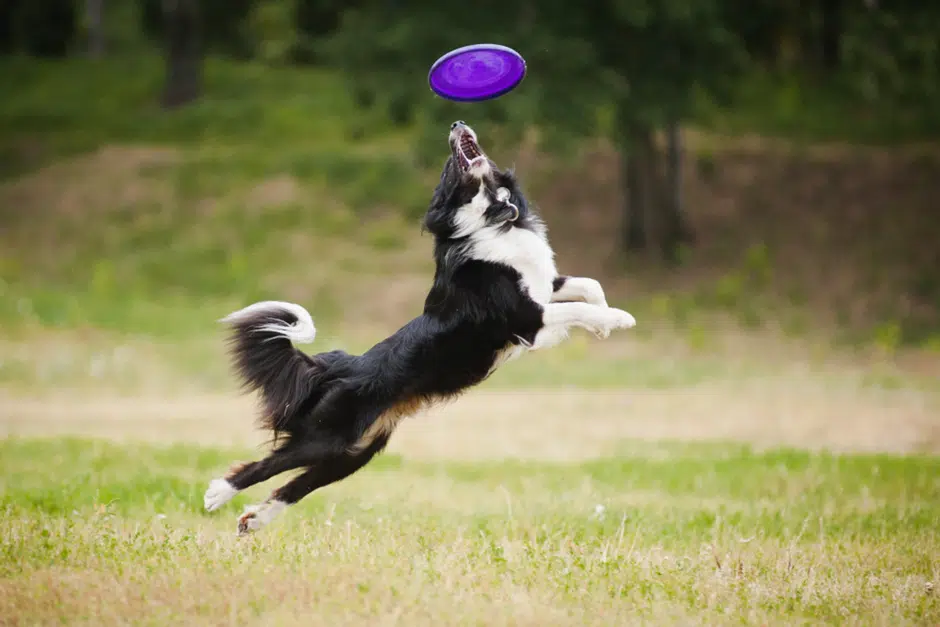




Get involved!
Comments